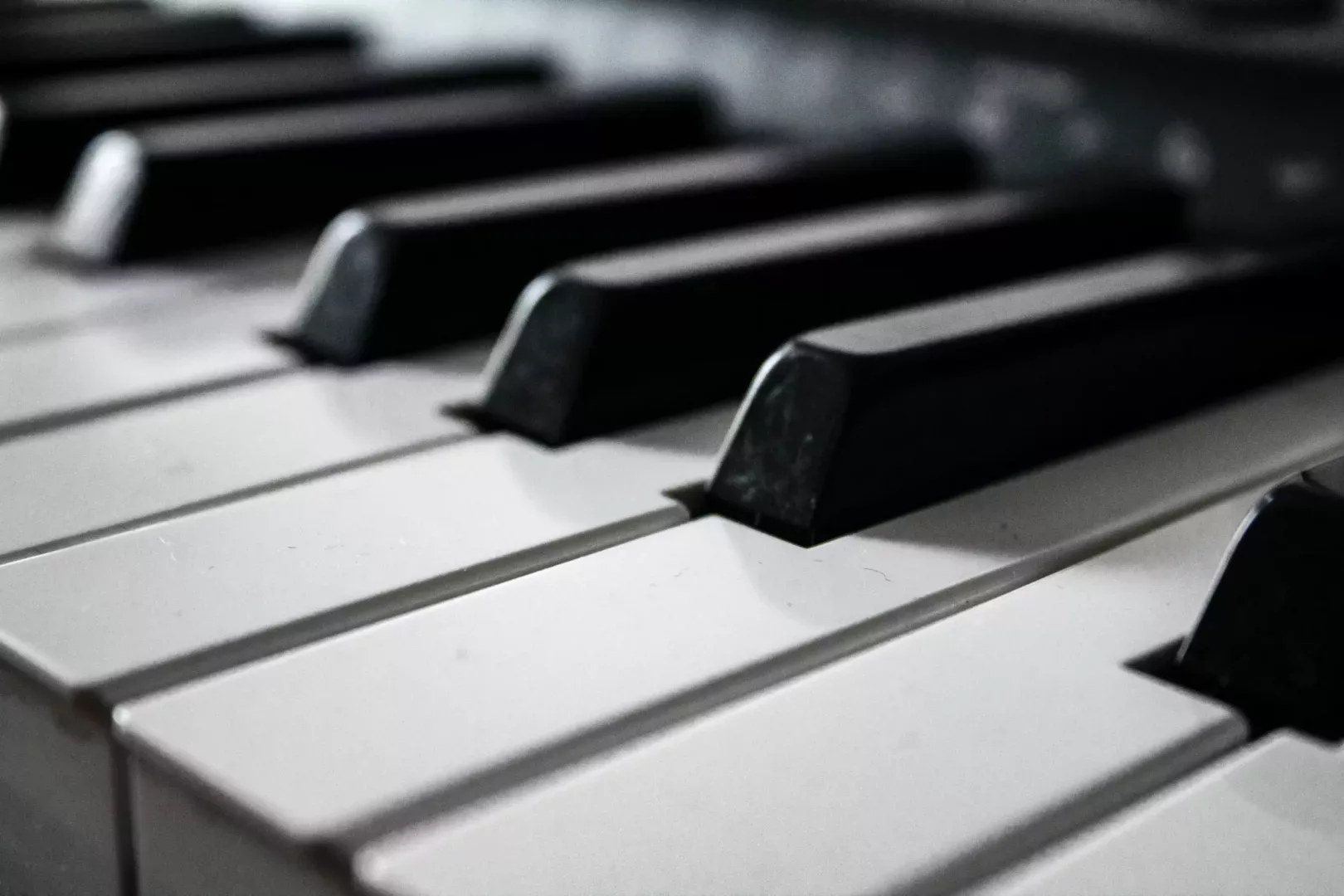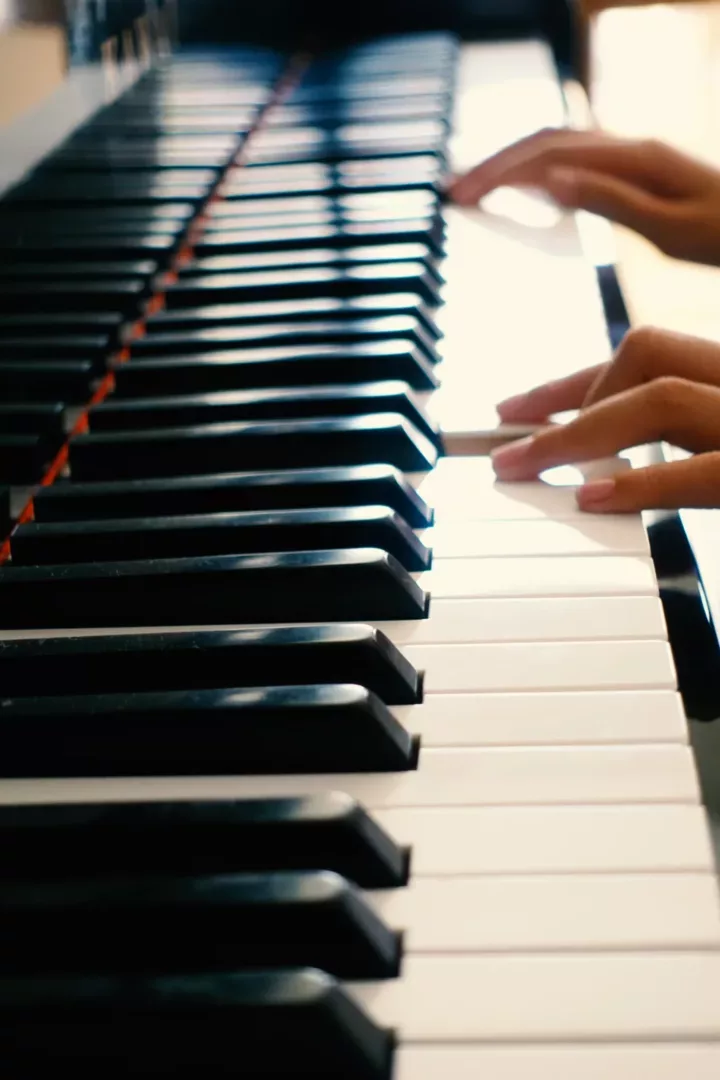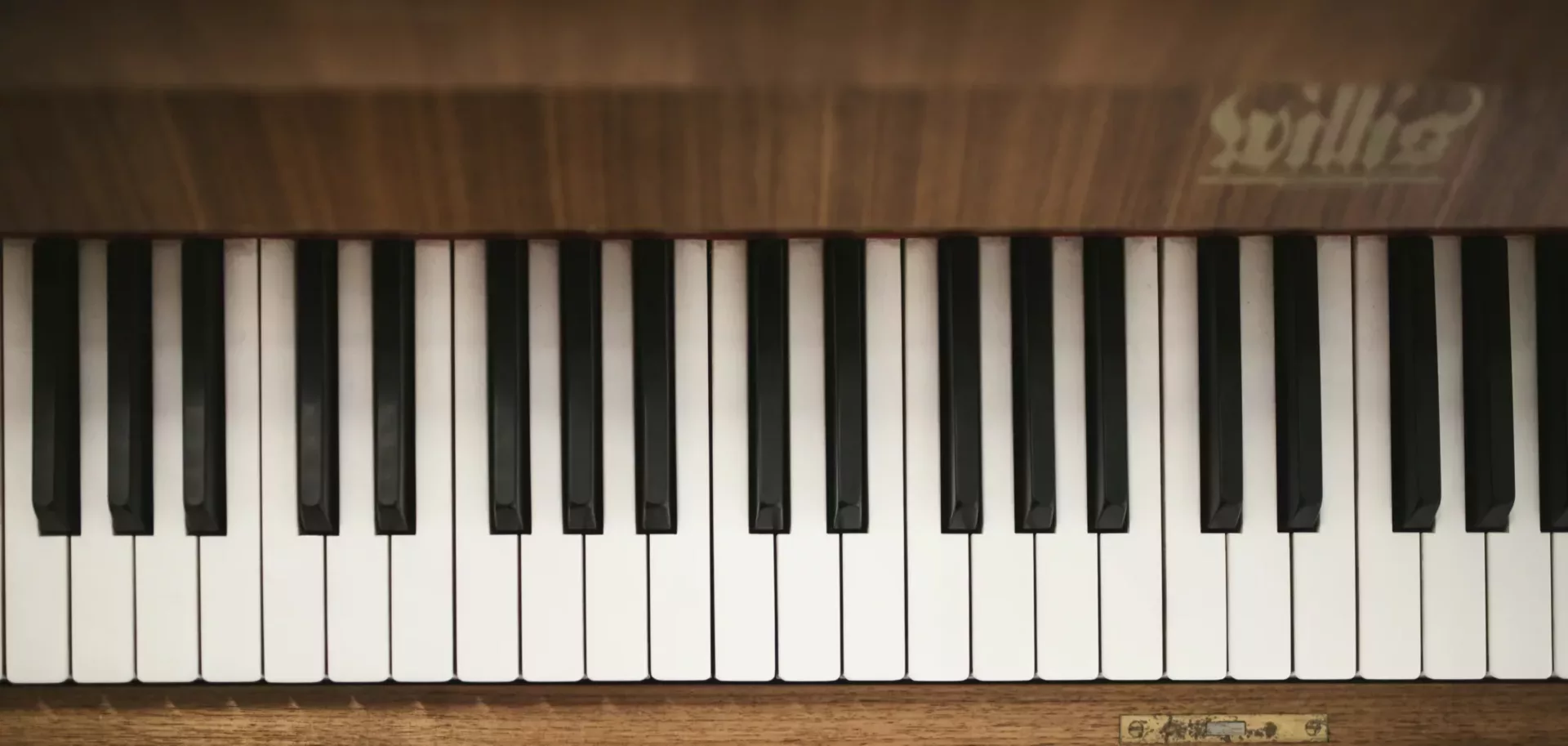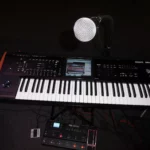
Middle C is often considered the central note on a piano, acting as a reference point for both beginners and seasoned pianists. How to find middle C is a crucial task for all beginner pianists, to understand the layout of the piano keyboard.
In this article, we’ll explore the significance of Middle C and provide a step-by-step guide to locating it on any piano or keyboard.
A Step-by-Step Guide

Step 1: Count the Keys
A standard piano has 88 keys, comprising 52 white keys and 36 black keys. If you’re working with a keyboard, the number might vary, but the method remains the same.
Step 2: Identify the Groups of Black Keys
Notice that the black keys are grouped into sets of twos and threes. This pattern repeats across the entire keyboard.
Step 3: Find the Group of Two Black Keys Near the Center
Locate the two black keys roughly in the middle of the keyboard. This is your reference point.
Step 4: The White Key to the Left
The white key immediately to the left of the first black key in the set of two is Middle C. Congratulations, you’ve found it!
How to Learn Piano for Adults Ultimate Guide: Top Courses
The Significance of Middle C
Before diving into the steps, it’s essential to understand why Middle C holds such importance:
Central Position

Middle C is roughly at the center of the piano, making it a starting point for learning the treble and bass clefs.
There are 7 octaves on a piano so how to find middle C? One simply needs to use the power of sight!
There are 3 octaves on either side of middle C.
Starting from the bottom of your piano there will be a C (to the left of a two-black note cluster), which will be C1, followed by two more C’s further up (C2, and C3). The C4 will be your middle C.
Acoustic Pianos vs. Digital Pianos & Keyboards

When it comes to the world of pianos, there are generally 3 types: acoustic pianos, digital pianos, and keyboards.
Acoustic pianos are traditional instruments with strings and hammers, offering a rich, resonant sound.
Digital piano and keyboards, on the other hand, are electronic instruments that simulate the sound of a piano and other instruments.
Smaller keyboards will have fewer keys, often 49, 61, or 76. Middle C’s position may shift, but its importance as a reference point remains the same.
If you have a smaller keyboard (smaller than the standard 88-key full-size piano), you need to find the center of your instrument based on how many octaves your keyboard has.
Sheet Music Reference
Middle C is the note where the treble and bass staves meet in standard sheet music. It’s the first note many beginners learn to read.
This is where you would start to play your first piano scale, which is normally the C Major in the right hand.
You can learn to play the C Major scale and many other scales, exercises, and patterns, in the following articles:
The Best Piano Exercises, Patterns, & Scales for Beginners
The Ultimate Guide to Piano Scales: Classical and Jazz
Tonal Balance
Middle C provides a balanced tone, neither too high nor too low, making it ideal for tuning and practice.
Tips for Remembering Middle C

Visual Marker: Some pianists place a small sticker or mark on Middle C when first learning. This can be especially helpful for younger students.
Auditory Memory
Play Middle C repeatedly, listening to its unique tone. Over time, you’ll be able to identify it by sound alone.
Practice
The more you play, the more familiar you’ll become with the keyboard’s layout. Regular piano practice will help you instinctively locate Middle C.
Relation to Other Instruments
Middle C serves as a universal reference point in the world of music, not just for pianos but also for many other instruments. However, its position and octave can differ from one instrument to another.
Guitar
On a guitar, Middle C is found on the first fret of the B string. It serves as a reference point for tuning and is often used in music that involves multiple instruments to ensure everyone is in tune.
Flute
For flutists, Middle C is one of the basic notes learned early on. It’s played by covering specific holes on the flute and serves as a foundational note for learning more complex scales and melodies.
Violin
On a violin, Middle C can be played on the G string in the first position. It’s a crucial note for those who are transitioning from beginner to intermediate levels, as it helps in understanding the layout of the fingerboard and serves as a reference for tuning.
Universal Importance
Regardless of the instrument, Middle C holds a universal importance. It serves as a starting point for scales, a reference for tuning, and a foundational note for understanding music theory.
Its frequency—approximately 261.63 Hz—is consistent across instruments, making it a reliable point of reference in orchestras, bands, and solo performances.
By understanding the role of Middle C across different instruments, musicians can gain a more holistic view of music theory and how various instruments interact in a musical ensemble.
FAQ
1. Why Is It Called “Middle C”?
It’s called Middle C because it sits roughly in the middle of the piano and serves as a central reference point for other notes.
2. Is Middle C the Same Frequency on All Instruments?
Yes, Middle C represents the same frequency across all instruments, which is approximately 261.63 Hz. Whether you’re playing it on a piano, guitar, flute, or any other instrument, Middle C will always resonate at this specific frequency.
This consistency ensures that musicians playing different instruments can harmonize and play in tune with each other.
3. How Does It Relate to Tuning Forks or Pitch Pipes?
Tuning forks and pitch pipes are tools used to produce specific pitches to help musicians tune their instruments. A tuning fork or pitch pipe that is calibrated to produce the sound of Middle C will resonate at the frequency of 261.63 Hz.
When struck or blown, it provides a clear and sustained tone of Middle C, allowing musicians to adjust their instruments to match this pitch. It’s especially useful for ensuring that instruments are in tune with each other before a performance.
4. Are There Any Famous Pieces of Music That Start With C?
Yes, several famous pieces of music begin with Middle C, especially those designed for beginner pianists. One of the most iconic pieces that starts with Middle C is “Für Elise” by Ludwig van Beethoven.
The piece begins with a distinct E, D#, E, D#, E, B, D, C rhythm, with the C being the Middle C on the piano. Another example for beginners is “Chopsticks,” a simple piano duet that many learn early in their piano studies.
While these are just a couple of examples, Middle C’s prominence in music theory and its central position on the piano makes it a common starting note for many compositions.
6. Can I Use ‘C’ to Tune Other Instruments?
Absolutely! Middle C provides a clear and balanced tone, making it an excellent reference for tuning other instruments.
Conclusion
This article should have put to bed any qualms or queries that you had about how to find middle C. Now you have the information you need, go forth and conquer your instrument!
Mastering the basic scales, patterns, and exercises will be a good place to start on the piano, and will set you up for future piano pieces that you want to learn. Happy practicing!







